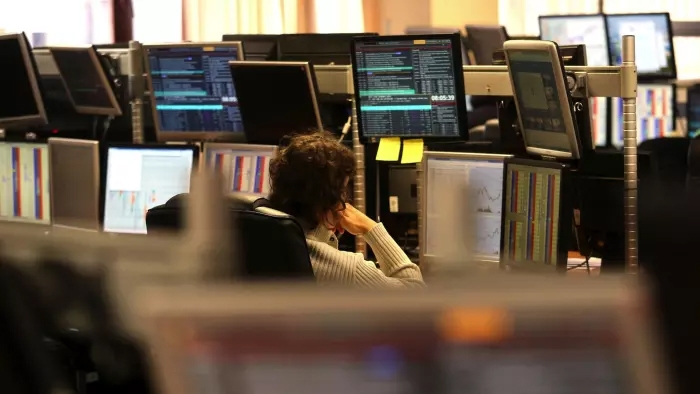
Equity markets have risen strongly overnight (S&P500 +3%) after news that Gilead Sciences’ remdesivir drug had shown positive results in government-run trials. Risk sensitive currencies have outperformed, with the NZD leading the way in the G10, and commodity prices have increased.
The big news overnight has been that Gilead Sciences’ remdesivir, a potential treatment drug for COVID-19, was revealed to have had positive results in placebo-controlled trials. The US National Institute of Allergy and Infectious Diseases (NIAID), which administered the trials, enrolled around 800 patients, with 31% seeing an improvement compared to placebo. Dr Fauci, who heads the NIAID, said the preliminary results were “very optimistic”, adding that the drug had shown “clear-cut positive effect in diminishing time to recover”. The drug isn’t a vaccine, but is a treatment for patients with the virus. Separately, Gilead released the results from its own set of trials, which showed patients receiving a shorter 5-day treatment of the drug produced similar results to those patients taking it for 10-days. A shorter course of the drug would allow more patients to be treated with current stocks of the drug. The New York Times reported that emergency regulatory approval for the drug was planned as soon as Wednesday.
The remdesivir news, announced by Gilead before the US market open, has boosted risk appetite and equity markets and given hope that economies can be reopened more quickly and safely. The S&P500 is currently up 3.1% on the day, the NASDAQ is 4% higher while European benchmarks closed 2 - 3% higher. The S&P500 is now more than 30% higher than its low point in March and around 13% off its record highs. Alphabet (Google’s parent) share price rose almost 10% after it reporting better-than-expected in Q1 revenue and said it saw early signs that ad revenue was starting to bounce back.
Energy stocks (+7%) led gains on the S&P500, following a 23% rise in WTI oil futures. In addition to the broader risk-on sentiment and growing hopes for global growth, oil prices were supported by news that gasoline inventories had unexpectedly fallen last week while crude oil inventories had risen less than expected. The oil market remains very volatile. Copper prices reached a six-week high.
There haven’t been any real surprises from the FOMC, which released its statement just over an hour ago. There was no change to the Fed’s target range of 0 - 0.25% and no new policy measures announced (the Fed has announced plenty of new measures outside of scheduled meeting dates over the past two months). Chair Powell said that its pace of bond buying, under its QE programme, had been pared back as market function had improved and it would continue to use its tools as needs be. The Fed said it would keep rates at current levels until the economy was on track to achieve its targets, which is likely to be a long time.
The 10-year US Treasury yield is close to unchanged on the day, at 0.62%, despite the strong rally in equities. There wasn’t much reaction in the rates market to either the Fed statement or the weaker-than-expected Q1 US GDP result. US GDP contracted at a 4.8% annualised rate in Q1, with personal consumption falling 7.6% and business investment 8.6%. Of course, the worst is still yet to come, with expectations that Q2 GDP might fall by around 30% (annualised).
In FX markets, commodity and risk-sensitive currencies have risen strongly over the past 24 hours. The NZD is the top-performing G10 currency, up 1.1% to around 0.6130, its highest level since mid-March. The NZD continues to closely track equity market movements. The AUD and CAD are both about 0.8% higher, while several of the more beaten-up EM currencies (such as the Brazilian real and Mexican peso) have increased sharply. In contrast, the traditional safe havens, the JPY and Swiss franc, are at the bottom of the currency ladder.
The final release of ANZ’s April business survey is this afternoon. The Chinese PMIs are also released and the ECB meeting takes place, although consensus is for now major policy announcements at this meeting.

We welcome your comments below. If you are not already registered, please register to comment
Remember we welcome robust, respectful and insightful debate. We don't welcome abusive or defamatory comments and will de-register those repeatedly making such comments. Our current comment policy is here.